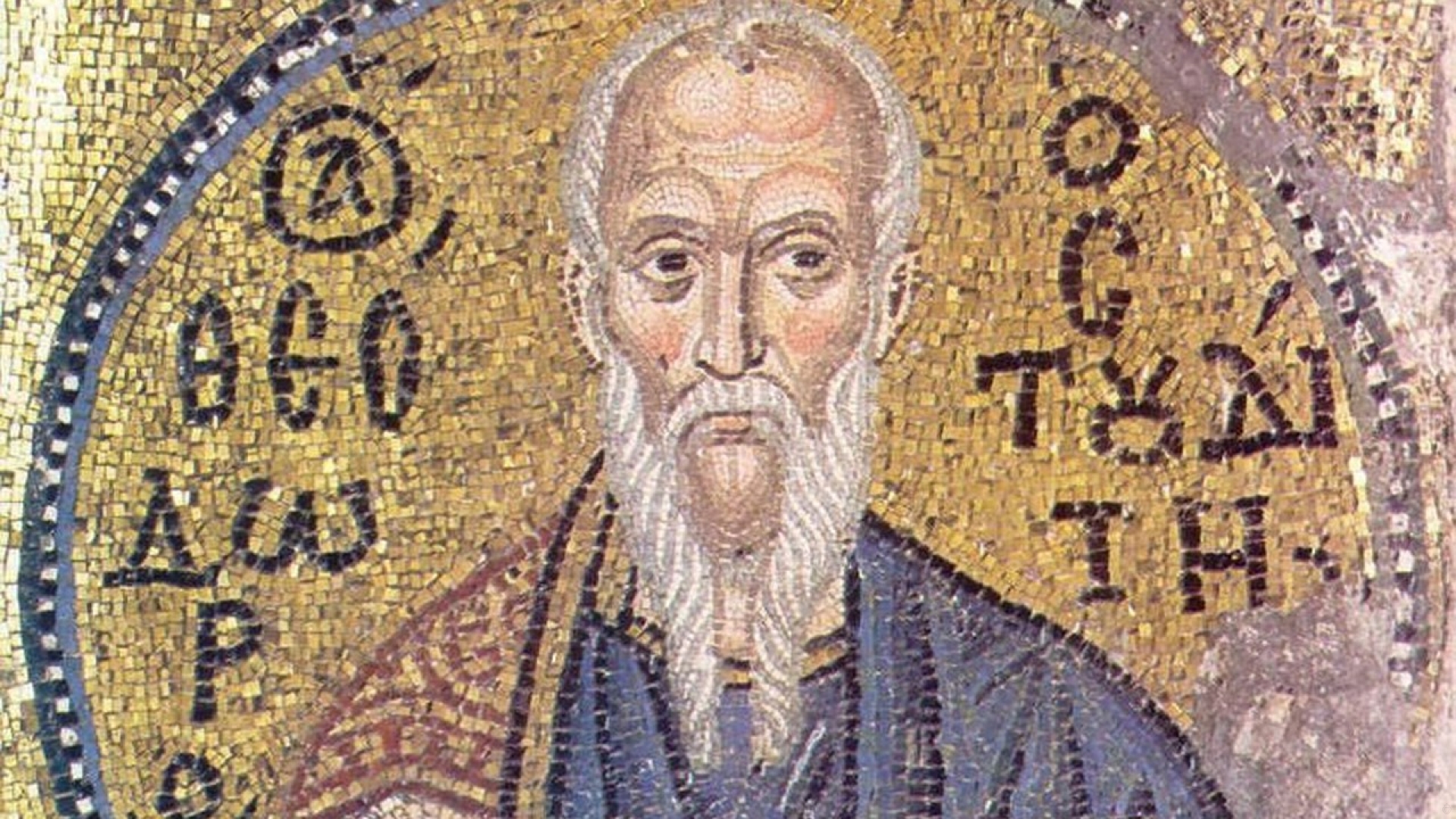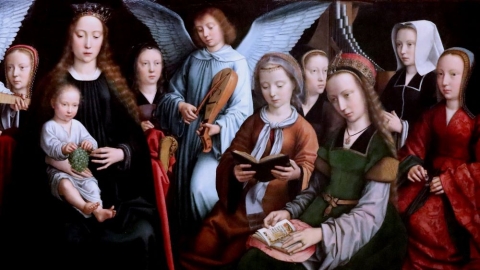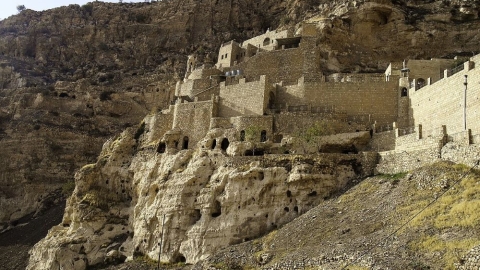St. Theodore the Studite: Defender of Icons and the Mystical Life

11th century mosaic from the Nea Moni monastery of Chios
St. Theodore was born in Constantinople in 759, into a family of high officials. He received a careful education. Around 780, he, with all his family, followed his uncle Plato to Bithynia to become a monk. They founded a new monastery there. He re-founded the Stoudion monastery – hence his name Studite – in Constantinople itself, around 800. He then fought against the iconoclastic emperor Leo V the Armenian, and was exiled and mistreated several times. He died in 826.
St. Theodore the Studite had a powerful influence: he brought together at the Stoudion monastery more than a thousand monks, who were precious auxiliaries in the fight for the holy images, the spirit of penance and the mystical life, opposite a clergy subservient to the civil power. St. Theodore played a considerable role in Marian literature. Here are two texts from his pen.
Mary, the new world prepared to receive the new Adam
Before forming the first man, God had built him a magnificent palace of creation. Placed in paradise, man was driven out of it by his disobedience, and he, with all his descendants, became the prey of corruption.
But He who is rich in mercy took pity on the work of His hands, and He decided to create a new heaven, a new earth, a new sea to serve as a dwelling place for the Incomprehensible, desirous of reforming the human race. What is this new world, this new creation?
The Blessed Virgin is the sky that shows the sun of justice, the earth that produces the ear of life, the sea that brings the spiritual pearl... How magnificent is this world! How admirable is this creation, with its beautiful vegetation of virtues, with the fragrant flowers of virginity!
What could be more pure, what could be more irreproachable than the Virgin? God, sovereign and completely immaculate light, found so many charms in her that He united Himself to her substantially, through the descent of the Holy Ghost. Mary is a land on which the thorn of sin has not grown. On the contrary, she produced the offshoot by which sin was rooted out.
It is a land which was not cursed like the first, fertile in thorns and thistles, but on which the blessing of the Lord descended, and her fruit is blessed, as the divine oracle says.
Contemplation of Mary in Glory
Now, in possession of blissful immortality, she lifts up to God, for the salvation of the world, those hands which have borne God.
White and pure dove, raised in her flight to the heights of heaven, she never ceases to protect our lower region. She left us in body, but she is with us in spirit; having entered heaven, she puts the demons to flight, she has become our mediator with God.
Formerly, death, introduced into the world by Eve, gripped it under its harsh sway; today, attacking the blessed daughter of a guilty mother, it has been expelled; and its defeat has come from whence its power once came.
O Virgin, I see you asleep rather than dead; you have been transported from earth to heaven, and yet you do not cease to protect the human race.
Mother, you remained a virgin, because He “was God, to whom you gave birth.” And this is also what makes your “living death” so different from ours: only, and this is fair, you have the incorruption of body and soul.
(Source : Pie Régamey, Les plus beaux textes sur la Vierge Marie – FSSPX.Actualités)
Illustration : Auteur inconnu, Domaine public, via Wikimedia Commons





